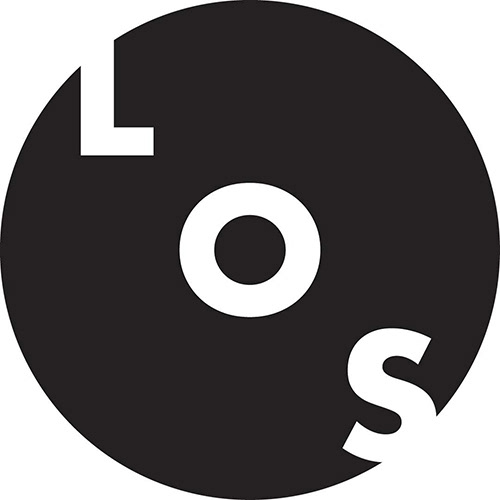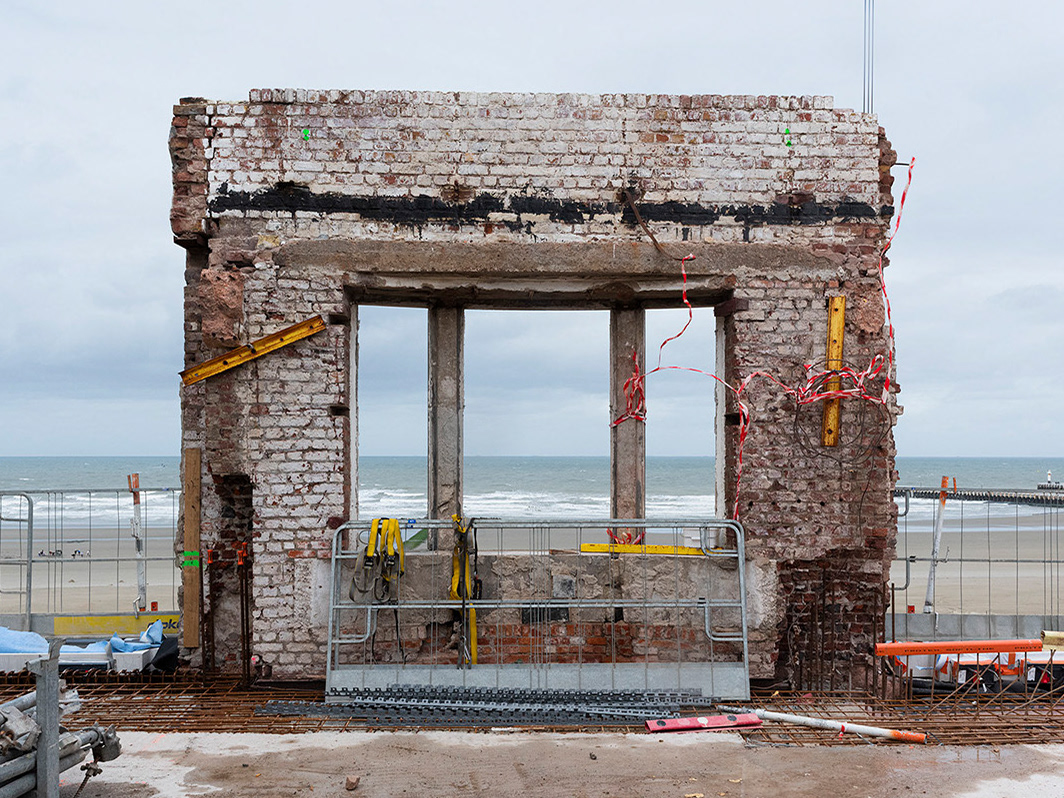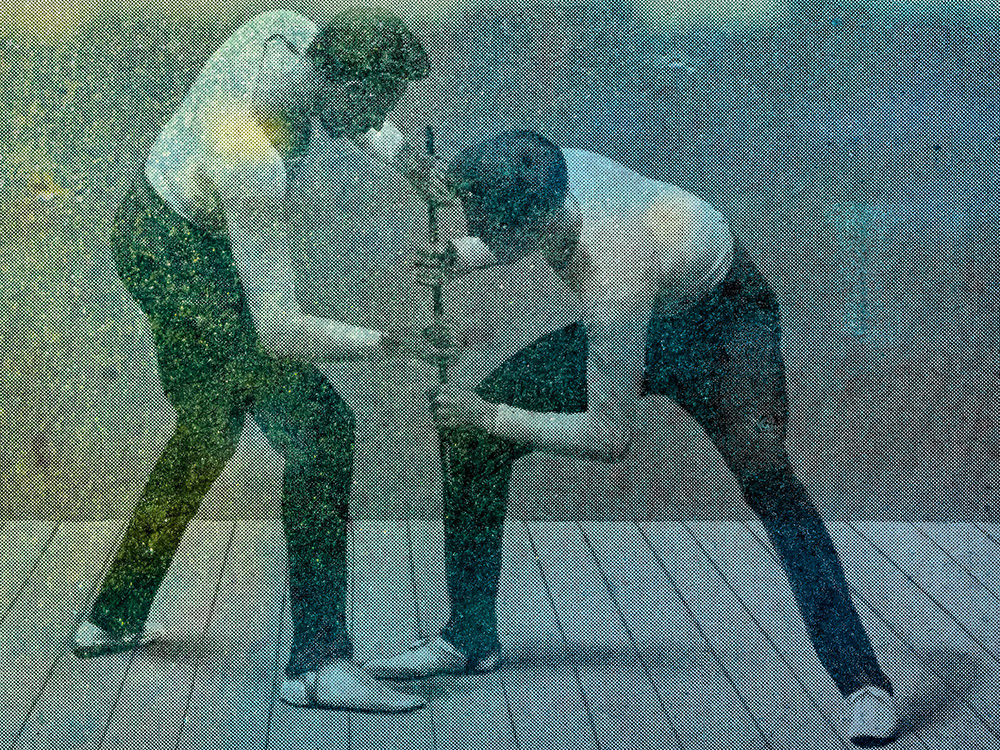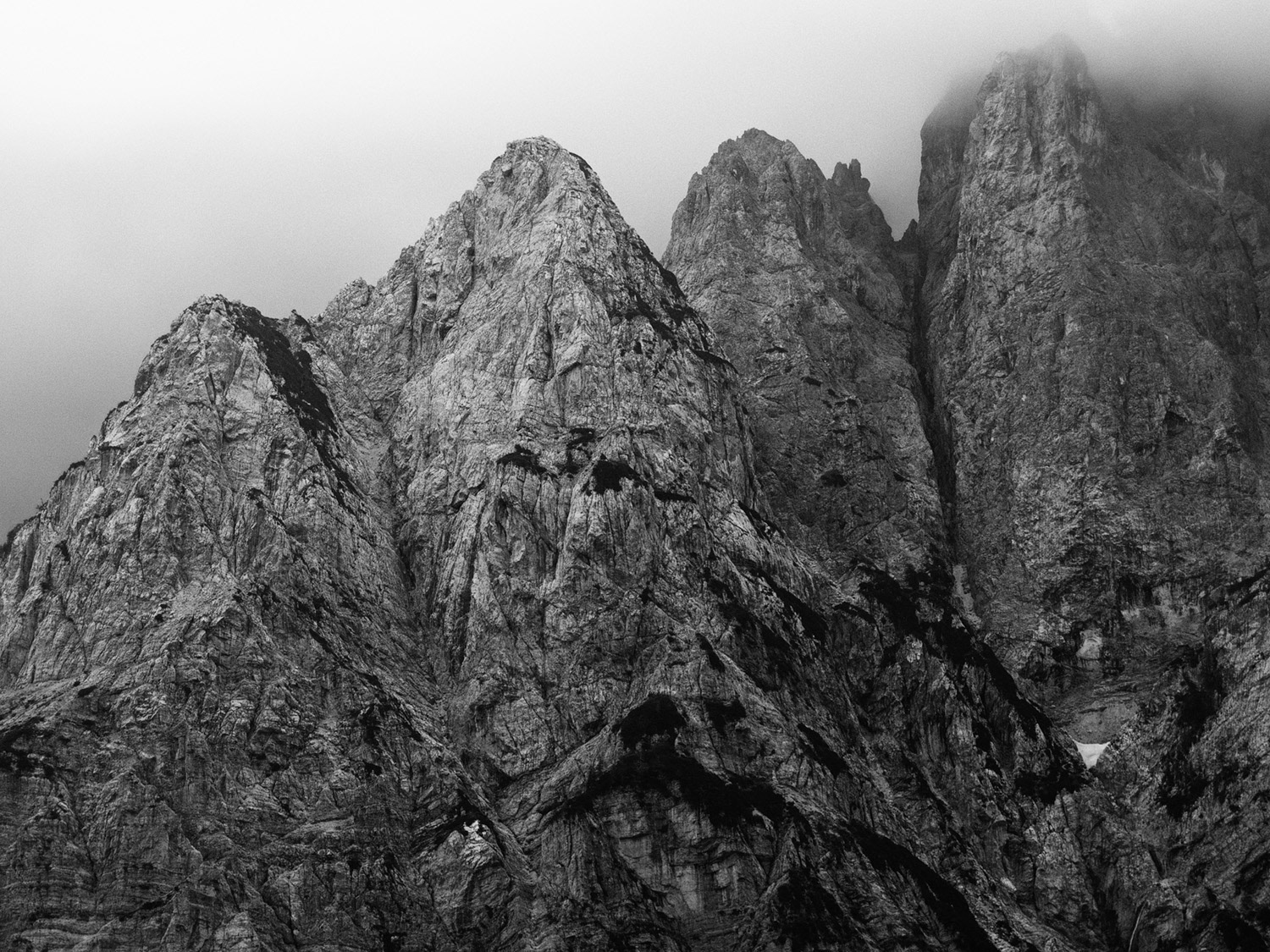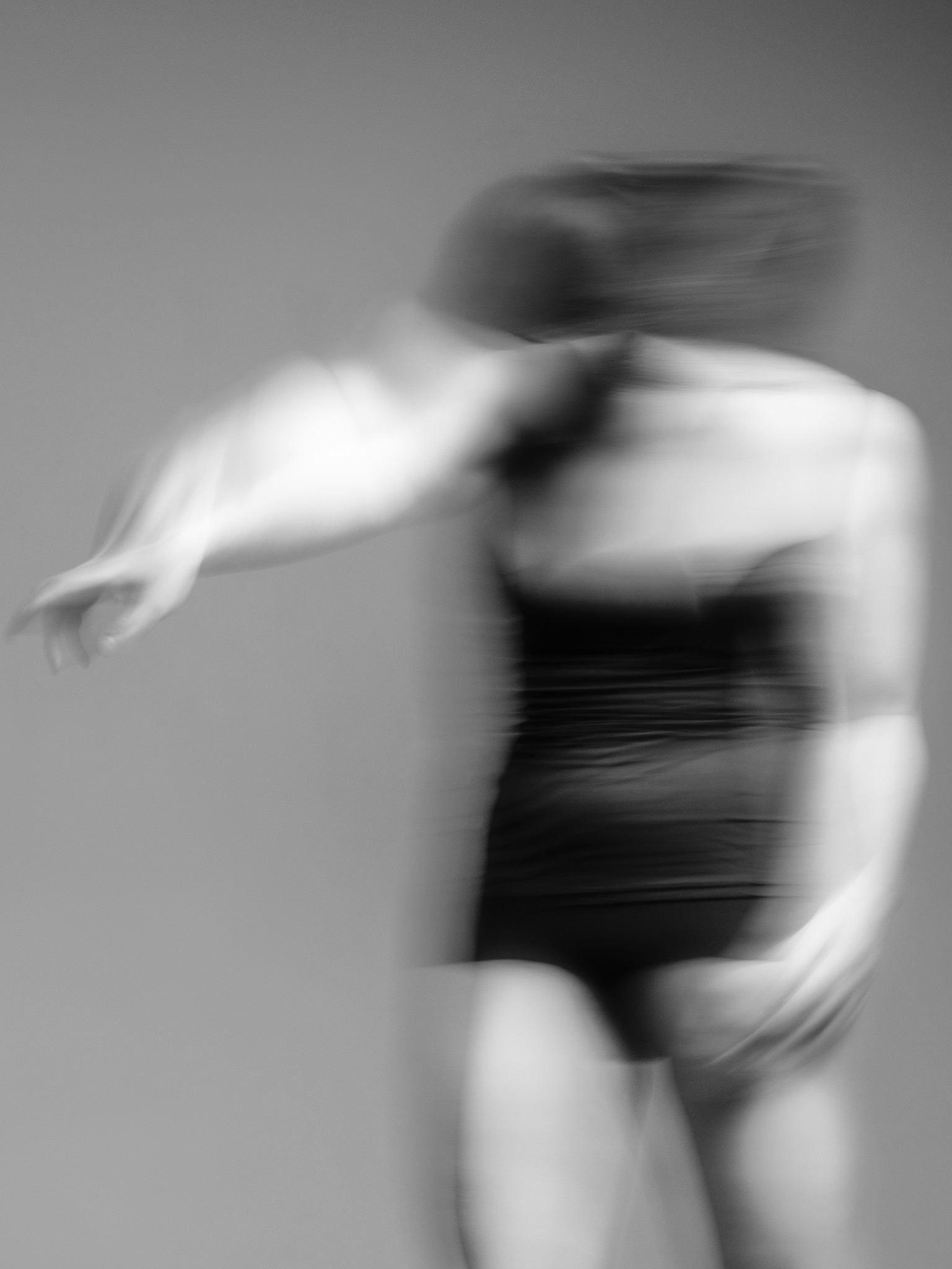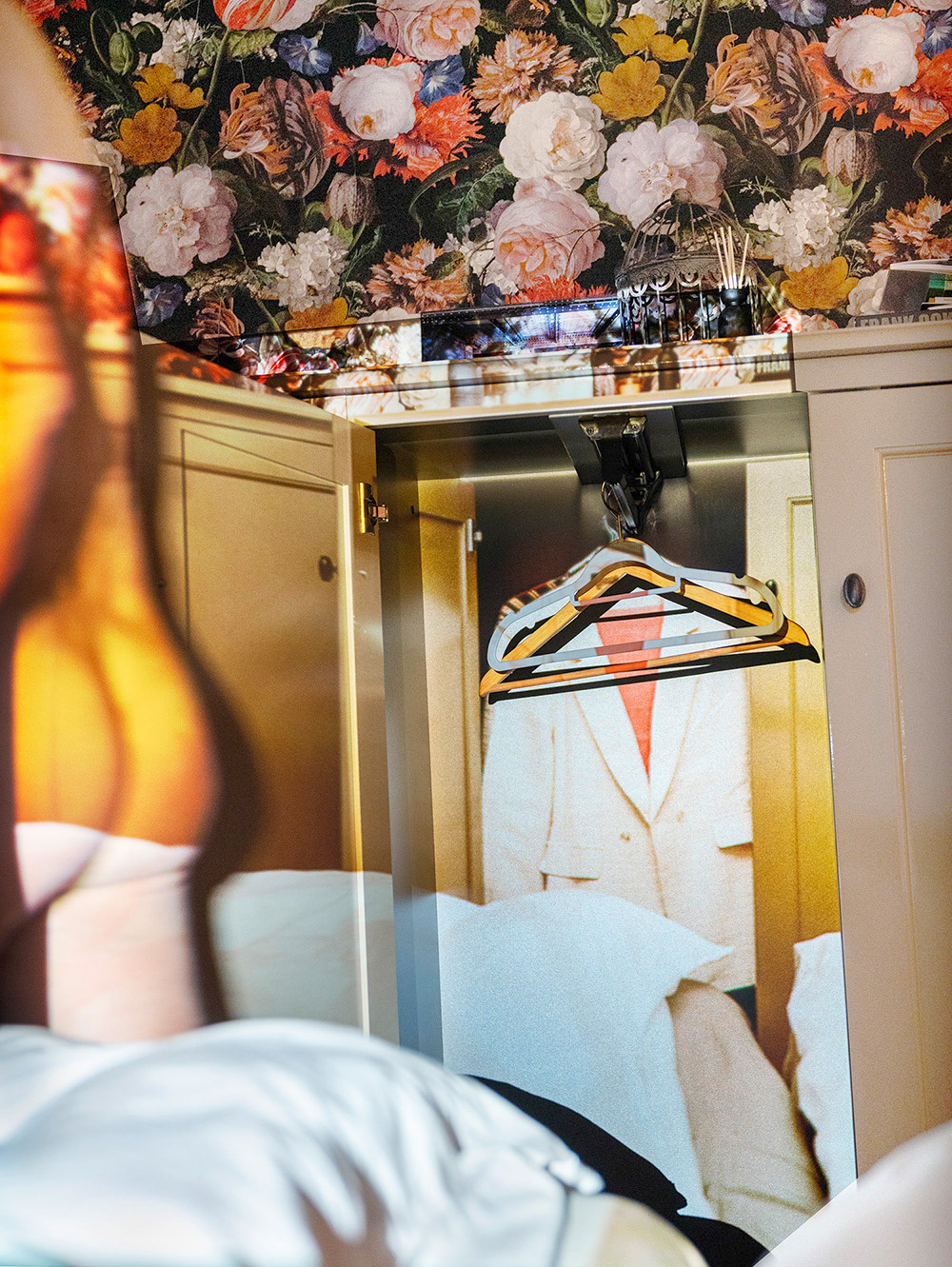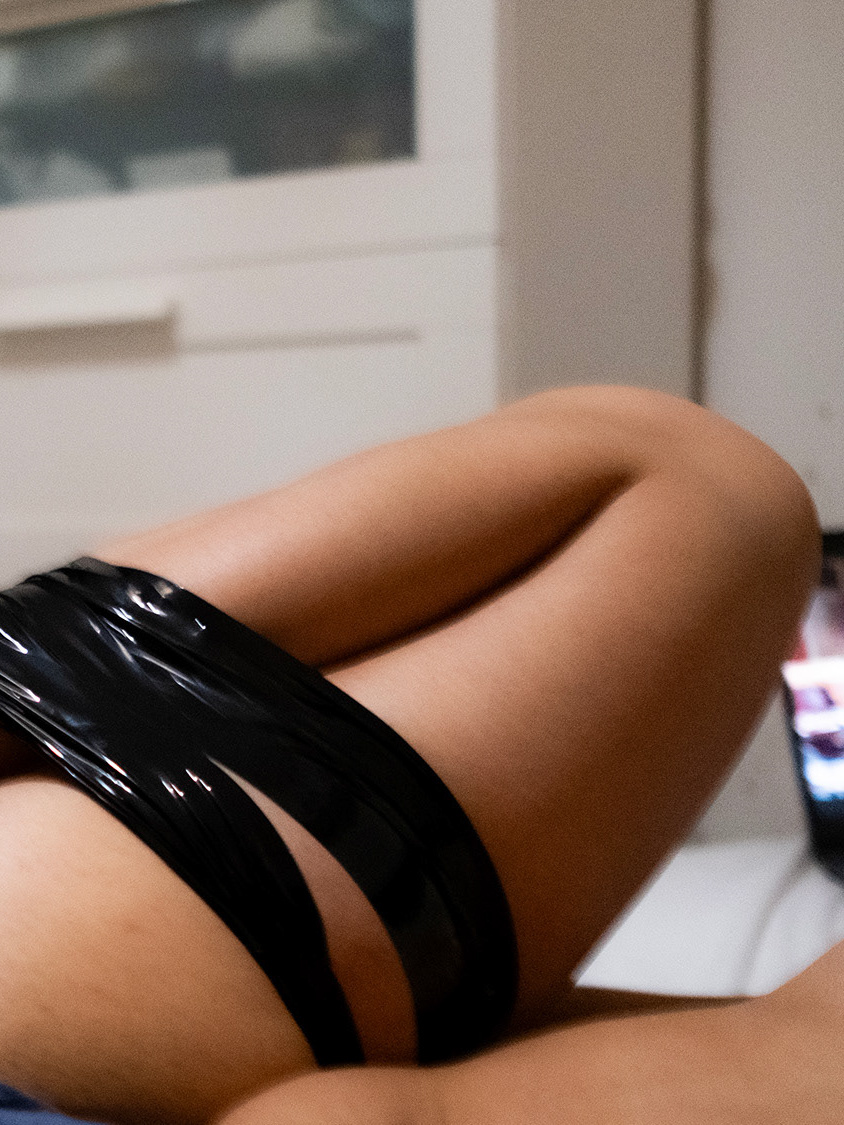Re-Order
In mijn werk onderzoek ik hoe herinneringen ontstaan en veranderen. Hoe ze zich vastzetten in het geheugen, maar ook vervormen en zo ons beeld van het verleden beïnvloeden.
In Re-Order kijk ik terug op mijn tijd als politieagent. Een periode waarin handelen centraal stond: doorgaan, niet stilstaan. Wat ik meemaakte, stapelde zich op zonder ruimte voor verwerking.
Jaren later kwam alles in flarden terug. Losse stukken zonder logica, die me overweldigden. Fragment voor fragment ben ik gaan onderzoeken wat naar boven kwam.
Ik werk analoog, omdat de traagheid daarvan mij de ruimte geeft om stil te staan bij wat zich aandient. Soms kies ik voor andere technieken of materialen, wanneer ik iets niet direct kan grijpen.
Wat mij fascineert, is hoe herinneringen zich aanpassen aan onze beleving. Hoe hetzelfde moment anders kan aanvoelen na verloop van tijd en het geheugen zichzelf voortdurend herschrijft.
Re-Order
My work explores how memory shifts. How it forms, distorts, and reshapes the way we view the past.
Re-Order reflects on my time as a police officer, a period driven by action. There was no space to pause or process. What I witnessed simply accumulated.
Years later, everything returned in fragments. Disjointed, illogical, and overwhelming. I began unpacking those pieces, one by one, trying to understand what surfaced — and what remained unclear.
I work with analogue photography because its slow pace allows me to stop and pay close attention. At times, I turn to other techniques or materials when the image I'm after isn’t yet within reach.
I’m drawn to the way memory bends to emotion. Why a single moment can feel different with time, and how the mind keeps rewriting what we think we remember.
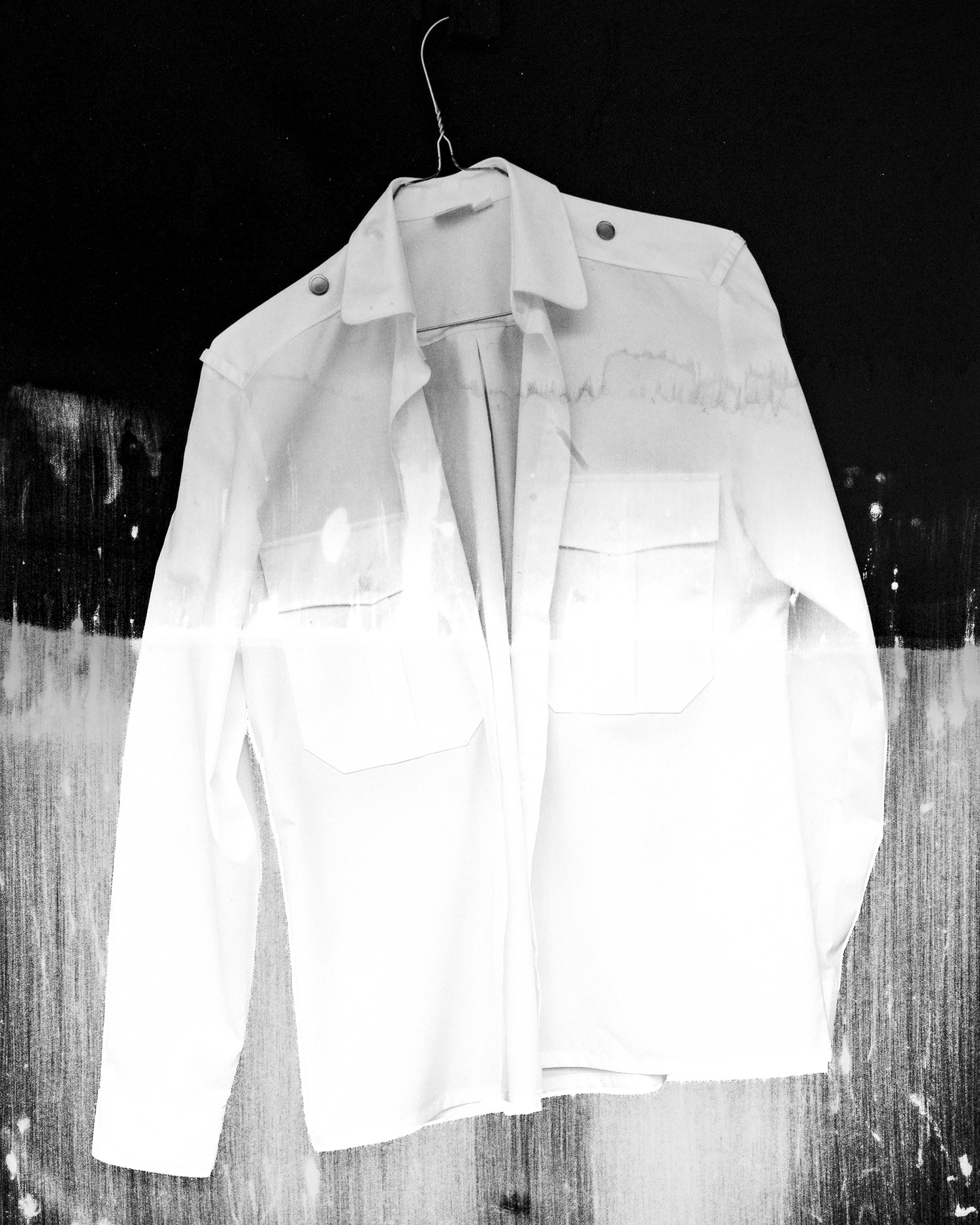

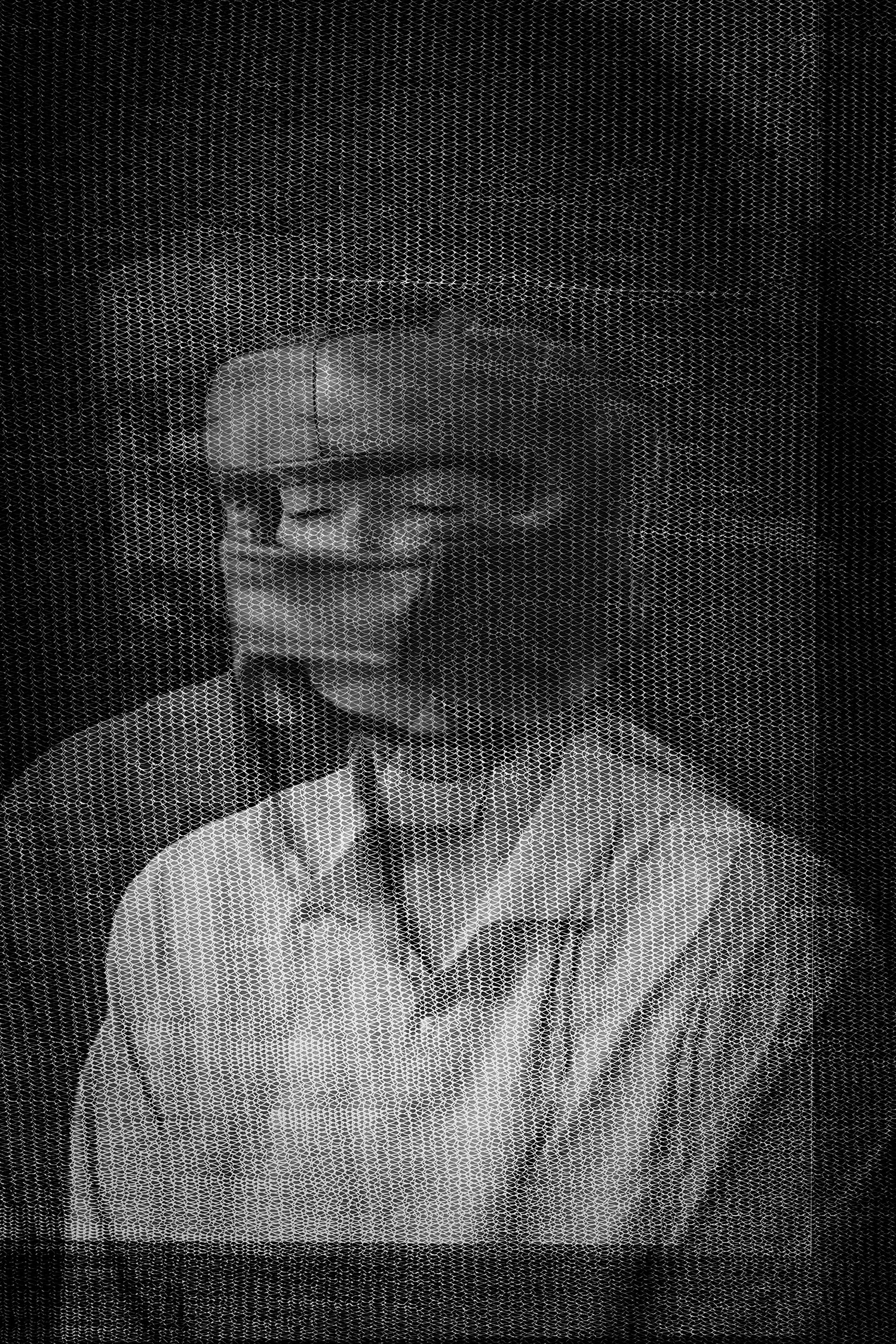
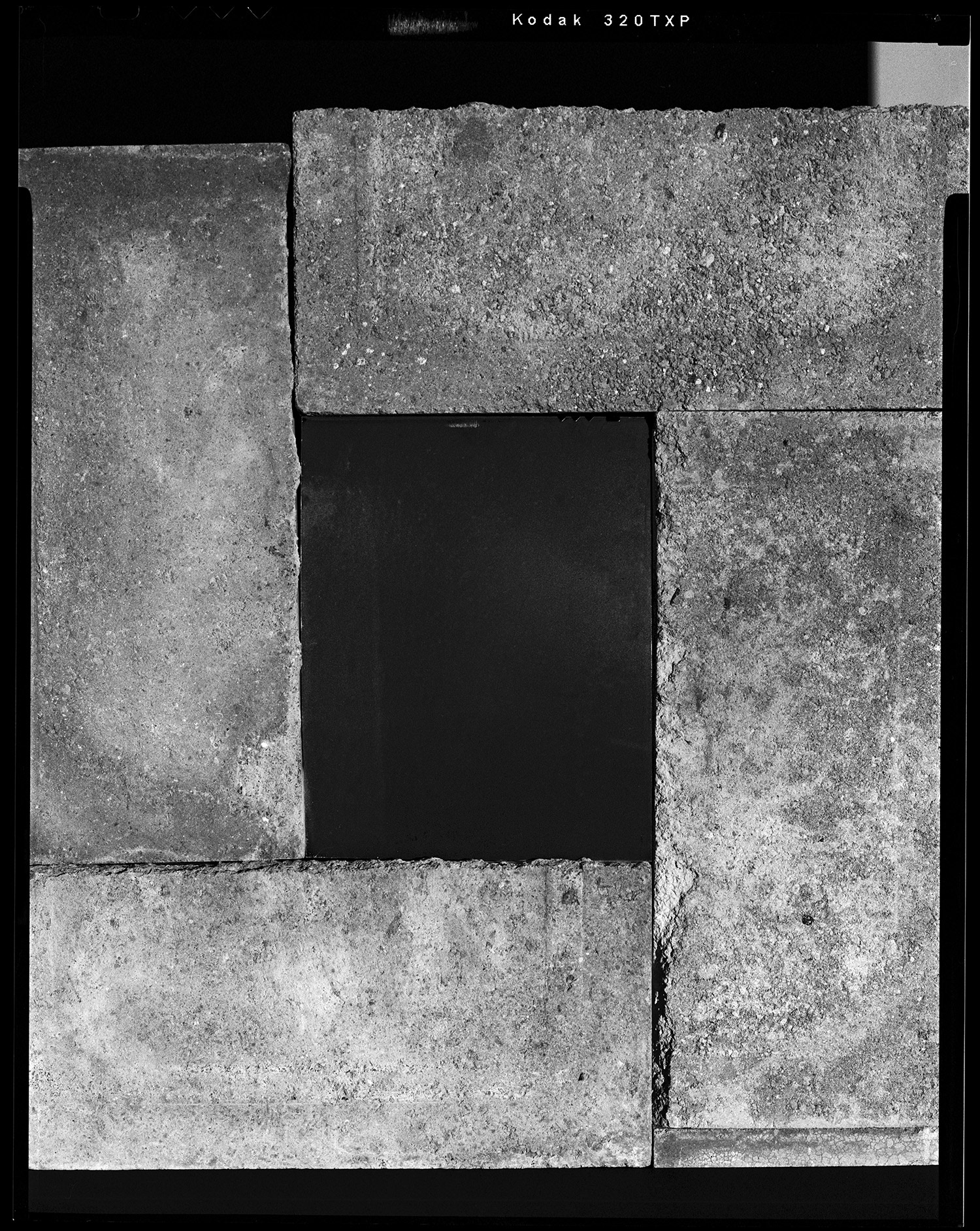
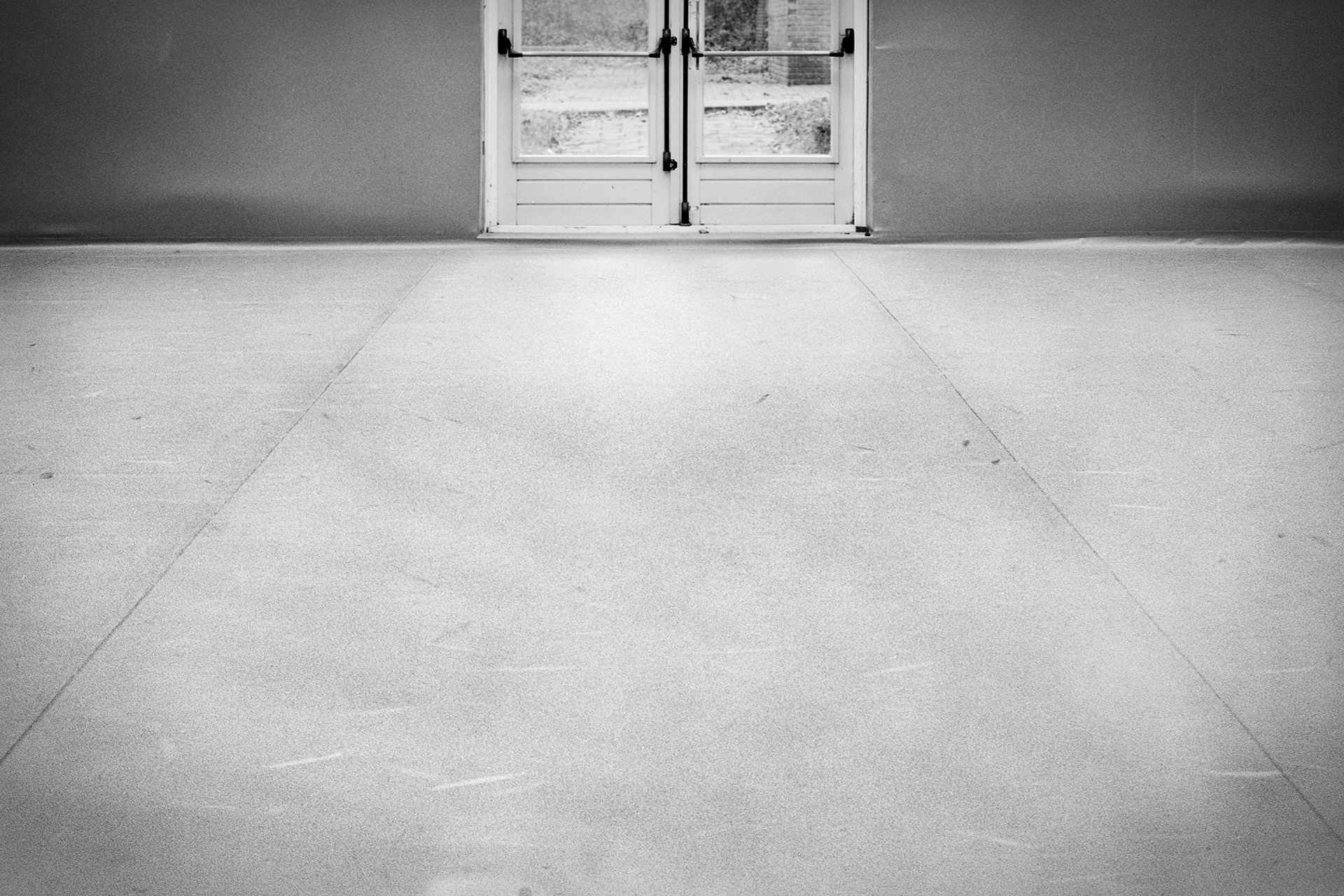
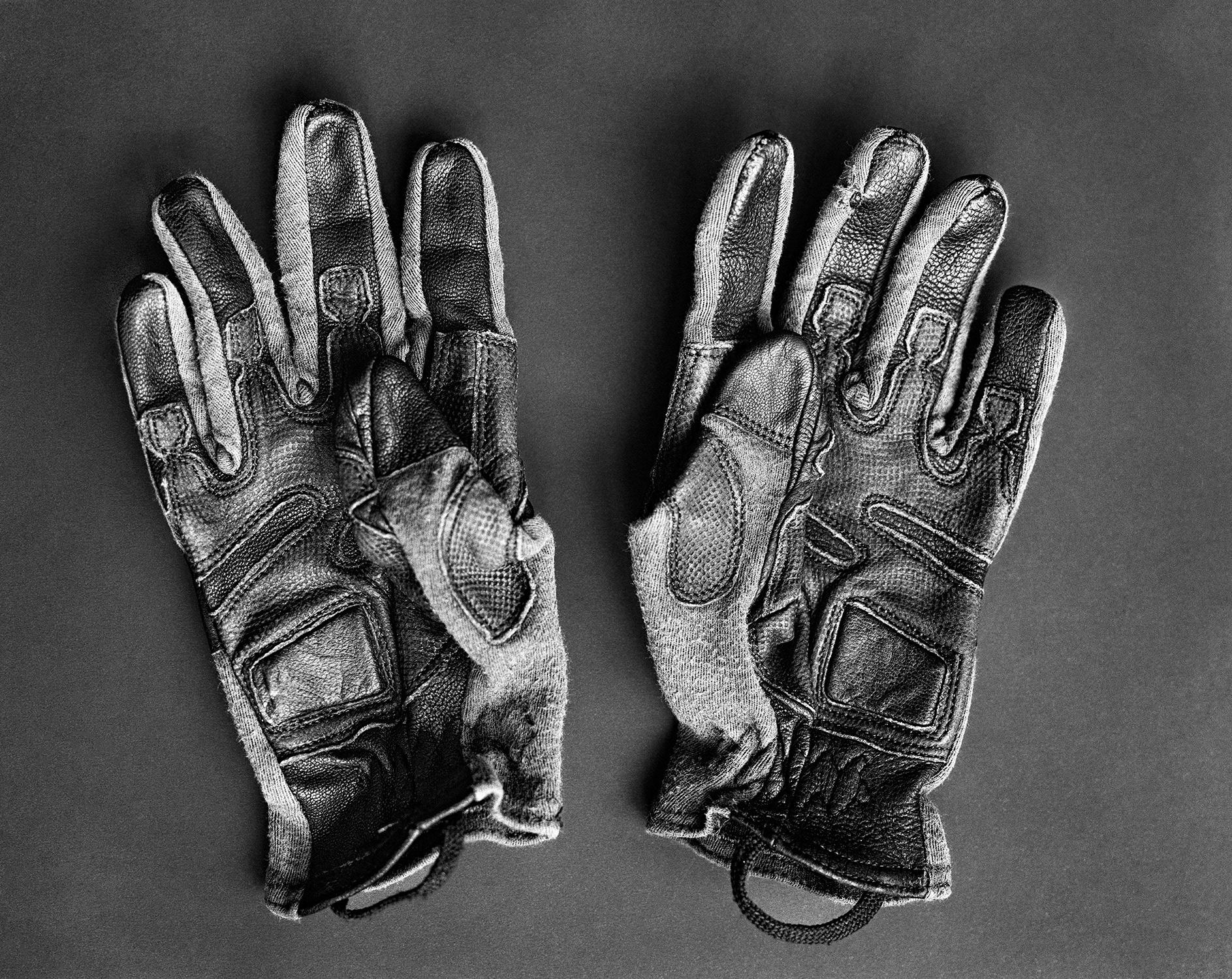
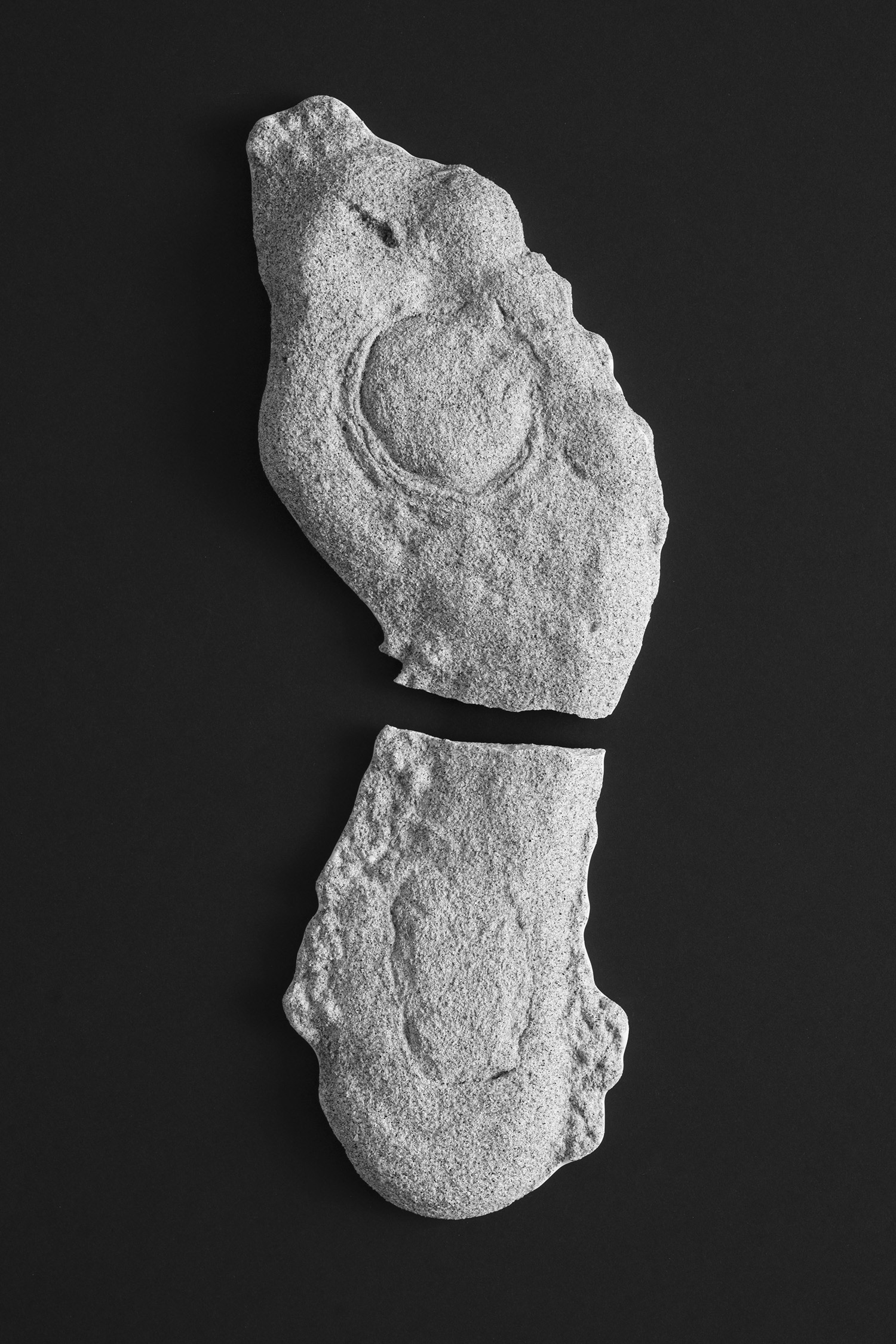
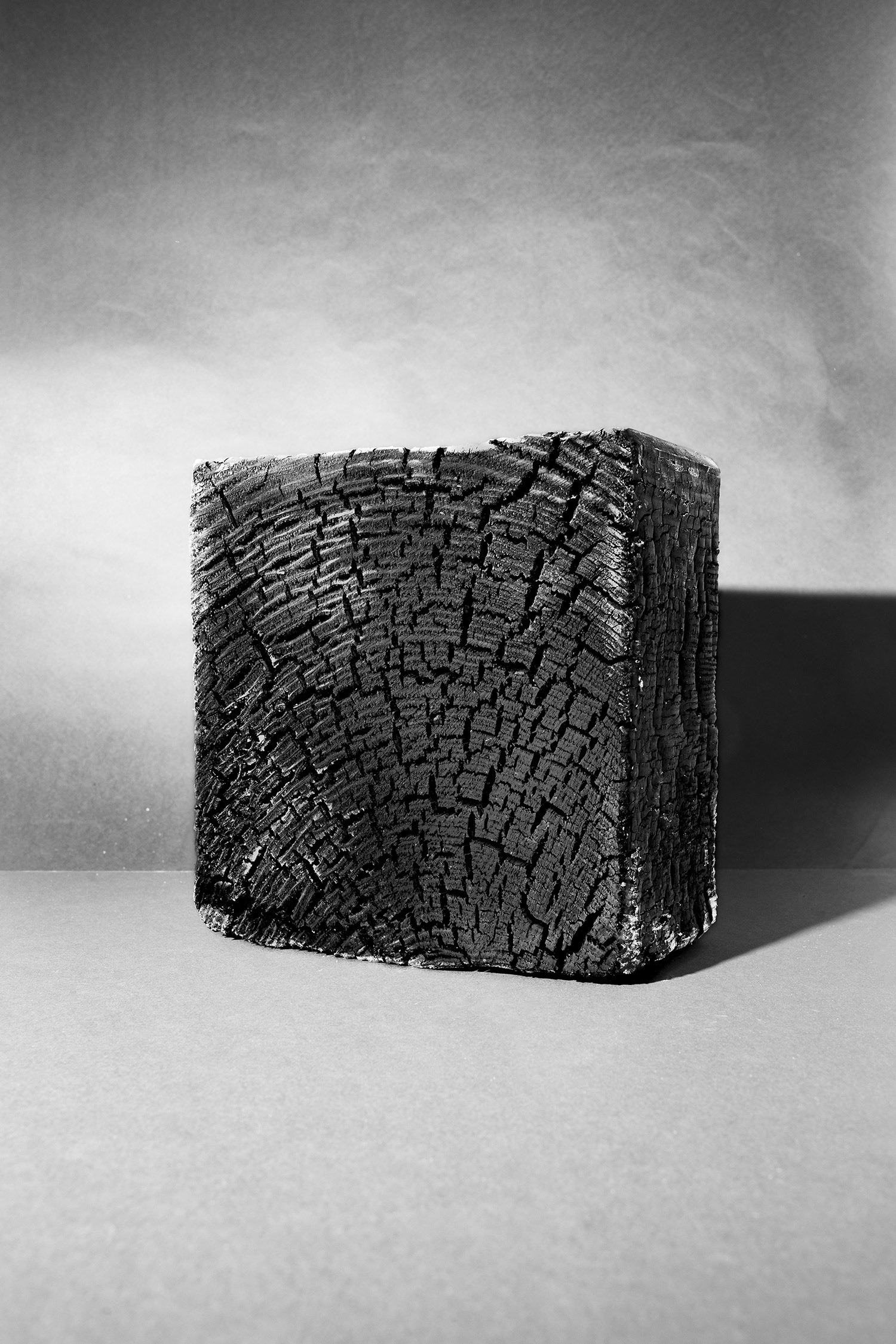
Instagram
